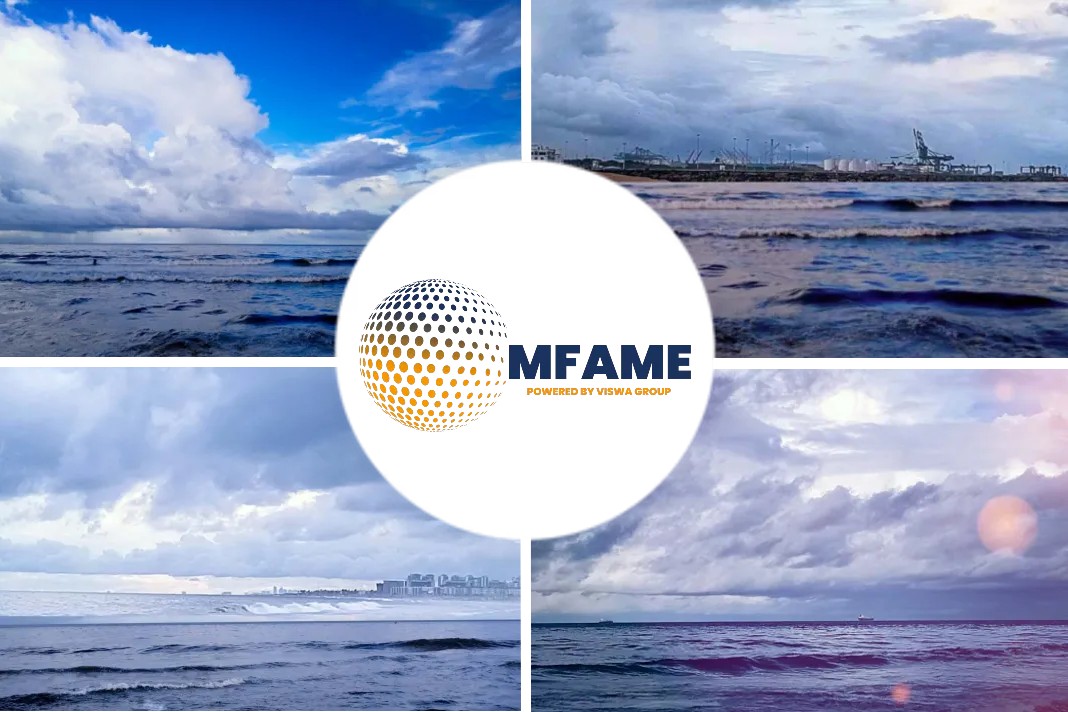
A cross-company, cross-discipline group of industry experts conclude that deep-sea shipping can transform to ammonia as fuel. But there are several difficult hurdles to overcome.
Group Of Experts
Through 2022, a group of industry experts, led by Grieg Star, has studied the possibilities of retrofitting an Open Hatch vessel to run on green ammonia. The study was initiated and facilitated by the Norwegian Green Shipping Programme. Now, the report from that study is available to the public. “We promised to share our findings, and this is the whole report – unabridged. The transformation our industry is grappling with now demands knowledge-sharing and transparency. We hope our findings can help other companies,” says Managing Director of Grieg Star, Atle Sommer. “Ammonia as fuel will most likely be a preferred alternative for deep sea shipping to achieve IMOs ambition and the Paris agreement’s targets…” says Narve Mjøs, director of the Green Shipping Programme.
Findings Of The Study
The study has aimed to assess the technical and commercial feasibility of retrofitting an open hatch bulk carrier for green ammonia operations in a trans-Atlantic route. What are the key barriers, risks, and possibilities? How does the business case look, and is green ammonia viable as fuel in this specific trade? The report’s conclusion leads with: “Elements we perceive as challenges have turned out not to be barriers or present major risks for moving forward with a retrofit project.” Still, the report also concludes that the main challenge today is the combination of high retrofit investment costs, lack of availability and competitively priced ammonia, and unclear effects of regulatory frameworks.
“We still see green ammonia as one of many possible fuels for shipping in the future. Currently, it seems more viable for multifuel-ready new buildings than for retrofitting current ships. The study also shows that we need changes on a political and regulatory level to make the change for the existing world fleet,” says Sommer. In total, 21 entities participated in the study’s five workstreams, with workstream leads from Yara, the Norwegian Maritime Authority, G2 Ocean and Grieg Maritime Group.
Did you subscribe to our newsletter?
It’s free! Click here to subscribe!
Source: Vesselfinder






















